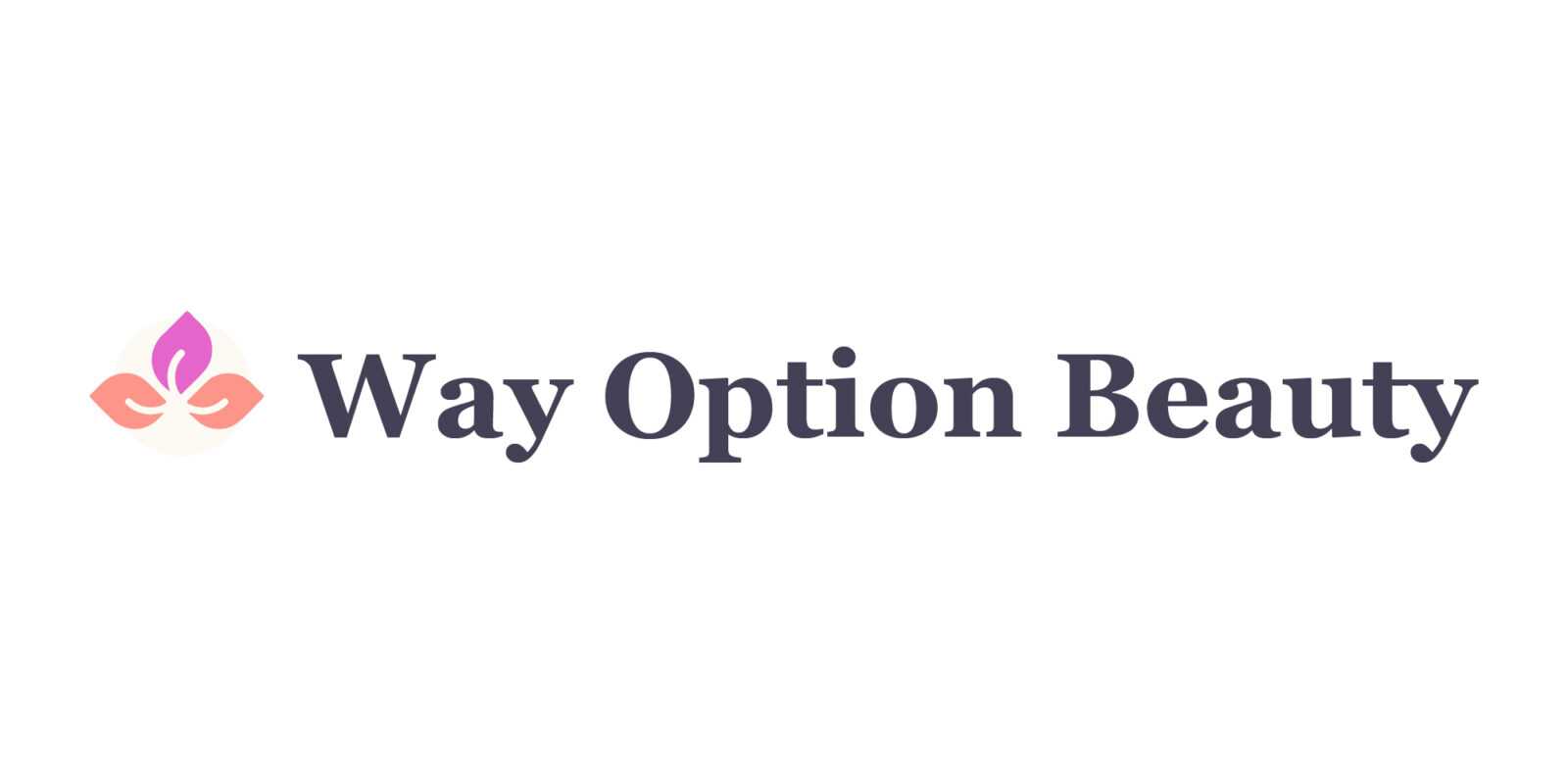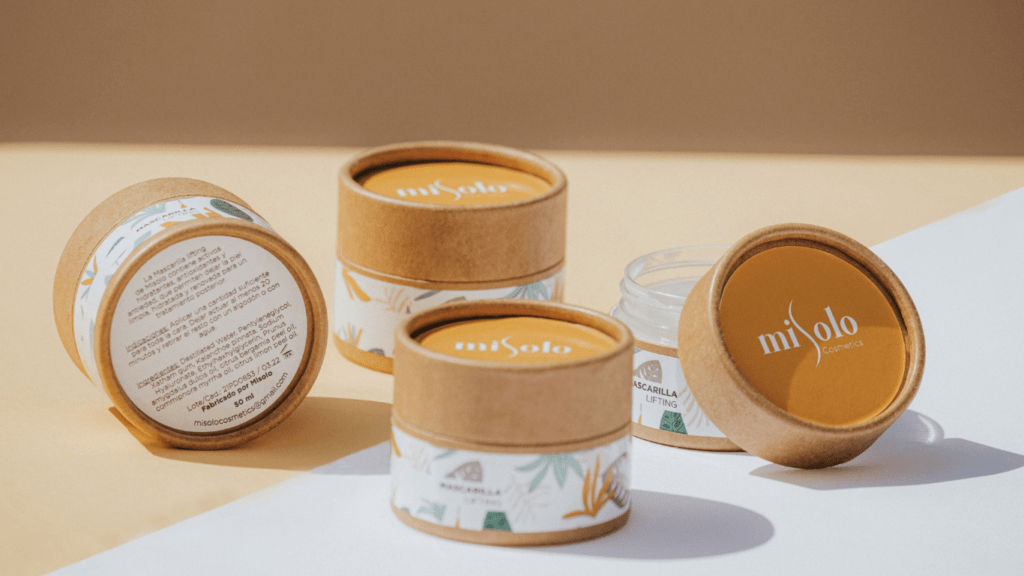Understanding Ingredient Transparency
Ingredient transparency refers to brands openly sharing detailed information about the components in their products. This involves disclosing the origins, quality, and processing methods of each ingredient. Consumers seek this level of transparency to make informed decisions aligned with their values.
Many brands now provide comprehensive ingredient lists on their product packaging and websites. For example, skincare brands might list all active components, sources, and any synthetic additions. This transparency builds trust and allows consumers to avoid ingredients that might cause allergies or conflict with their ethical standards.
Third-party certifications, such as USDA Organic or Fair Trade, also play a significant role in ingredient transparency. These certifications provide assurance about the ingredient quality and ethical sourcing practices. Brands that achieve these certifications often display the logos prominently, enhancing credibility.
Innovative tools such as QR codes and mobile apps offer another layer of transparency. Scanning a QR code can lead consumers to detailed ingredient breakdowns and sourcing information. This technology-driven approach empowers consumers with immediate access to the data they need.
Overall, understanding ingredient transparency helps bridge the gap between brands and consumers. It’s about more than just data; it’s about fostering trust and loyalty through open communication and ethical practices.
The Importance of Ingredient Transparency for Consumers
Ingredient transparency is crucial for today’s consumers who seek to align their purchases with personal values and health needs.
Health and Safety Concerns
Consumers prioritize ingredient transparency because it directly impacts their health and safety. People with allergies or sensitivities need to know what’s in their products to avoid adverse reactions. Brands win trust by listing all ingredients clearly, ensuring consumers can make informed choices. For instance, hypoallergenic products help those with specific sensitivities. A detailed ingredient list can prevent emergencies and promote well-being.
Environmental Impact
Ingredient transparency also addresses environmental concerns. Eco-conscious consumers look for products with sustainably sourced ingredients. Clear labeling on origins and sourcing practices helps them choose brands that prioritize the planet. For example, ingredients marked as Fair Trade or USDA Organic signal ethical practices. Transparent brands demonstrate their commitment to sustainability, fostering trust and loyalty among environmentally aware consumers.
Strategies Brands Use to Achieve Ingredient Transparency
Brands employ various strategies to ensure ingredient transparency, satisfying consumer demands for openness and honesty.
Clear Labeling
Brands make ingredient lists comprehensive and precise. They provide detailed information about each ingredient, including its role in the product. For instance, some food brands list every component of flavorings and colorings, not just generic terms. In beauty products, labels specify the plant extracts and their benefits. This approach helps build trust by empowering consumers with knowledge about what they are using.
Traceability and Sourcing Information
Many brands now offer detailed traceability of raw materials. They share information about where ingredients come from and how they’re processed. For example, coffee brands might indicate the farm and region from which the beans are sourced. Chocolate brands often reveal details about the cocoa’s origin and the fair trade practices involved. This transparency in sourcing assures consumers of ethical practices and quality standards.
Third-Party Certifications
Brands leverage third-party certifications to validate their claims. Certifications like:
- USDA Organic
- Fair Trade
- Leaping Bunny
assure customers of quality and ethical standards. For instance, a skincare brand with a Leaping Bunny certification confirms its cruelty-free status. These certifications support brand credibility since they provide an external validation of the company’s practices. Brands that showcase these certifications build deeper trust and loyalty among consumers.
Case Studies: Brands Leading the Way in Ingredient Transparency

Brands across industries have adopted transparency to build trust with consumers. Let’s explore how specific brands are setting benchmarks in ingredient transparency.
Food and Beverage Industry
Several food and beverage brands have embraced ingredient transparency. For example, Chipotle prominently lists ingredients on their website and in-store, emphasizing non-GMO and organic components. They also detail their sourcing methods and partnerships with local farms. Similarly, Kind Snacks includes clear, concise ingredient lists on packaging, focusing on whole and natural foods. Their “Kind Promise” commits to simple and recognizable ingredients.
Cosmetics and Personal Care Industry
In cosmetics and personal care, brands like The Honest Company and BeautyCounter lead in transparency. The Honest Company provides detailed ingredient lists, highlighting the purpose and safety of each component. Their “Honestly Free Guarantee” excludes over 2,500 questionable ingredients. BeautyCounter goes further by outlining their “Never List” of over 1,800 harmful ingredients banned from their products. They also offer full ingredient disclosure and advocate for stricter beauty regulations.
Fashion and Textiles Industry
Within fashion and textiles, brands such as Patagonia and Everlane set high standards for ingredient transparency. Patagonia discloses the materials used in each product, providing detailed information about fabric origins and environmental impact. They also promote Fair Trade and recycled materials. Everlane showcases its commitment through the “Radical Transparency” campaign by detailing costs, markups, and the factories they partner with, highlighting ethical production methods and material origins.
Challenges and Criticisms
While ingredient transparency gains traction among consumers, brands face several challenges and criticisms when implementing this practice.
Overcoming Supply Chain Complexities
Ensuring full transparency in supply chains isn’t straightforward. Complex global networks involve multiple suppliers and intermediaries, complicating traceability. Brands must invest significant resources to map and monitor their supply chains. For example, sourcing raw materials from various countries may hinder consistency in quality and ethical standards. Some brands partner with third-party auditors to verify and document each step in the supply chain, maintaining credibility despite these complexities. This process is essential but often time-consuming and costly, impacting smaller brands more severely.
Addressing Greenwashing and Misinformation
Greenwashing, where companies falsely promote their products as environmentally friendly, poses a significant issue. Misleading claims erode consumer trust, making genuine transparency efforts more difficult to differentiate. Brands need to provide verifiable information to combat this. For instance, presenting third-party certifications like Fair Trade or using blockchain technology to ensure authenticity can help. Educating consumers about accurately interpreting labels is also crucial to avoid misinformation. By fostering a culture of honesty and clarity, brands can build and maintain trust more effectively.
The Future of Ingredient Transparency
Ingredient transparency will likely evolve as brands strive to meet growing consumer expectations. Technological advancements, industry-wide standards, and increased regulatory demands will shape the future landscape.
Technological Advancements
- Brands will harness technology to enhance transparency.
- Blockchain technology can ensure immutable records of ingredient origins and processing.
- Companies can use blockchain to track the journey of cocoa beans from farm to chocolate bar.
- Apps will provide instant access to detailed ingredient information and sourcing practices.
- QR codes will link directly to comprehensive ingredient databases, reinforcing consumer trust.
Industry-Wide Standards
Unified standards across industries will emerge to streamline ingredient transparency. Organizations like the International Organization for Standardization (ISO) will introduce new guidelines that detail best practices. Adopting these standards will help brands build credibility. For example, the ISO 22000 standard for food safety management systems will guide food brands in providing transparent ingredient information. Adherence to these standards will ensure consistency and reliability in transparency efforts.
Regulatory Demands
Governments will impose stricter regulations to enforce ingredient transparency. Labels will need to meet higher standards for clarity and honesty. For instance, legislation requiring detailed disclosure of allergens and genetically modified organisms (GMOs) will become more common. Brands will need to adapt to these regulations to maintain consumer trust. Compliance with these regulations will further reassure consumers about the safety and quality of products.
Enhanced Consumer Engagement
Consumers will demand more interactive and engaging ways to understand ingredient information. Brands will use virtual and augmented reality to showcase ingredient sourcing and production processes. Imagine a consumer scanning a product label to view a virtual tour of a farm where ingredients are sourced. This will create a deeper connection between consumers and brands, fostering loyalty and trust.
Sustainability Integration
Future ingredient transparency will closely tie with sustainability efforts. Brands will highlight not only ingredient origins but also environmental impacts. Carbon footprint labels will show the environmental toll of each ingredient. For example, a shampoo bottle might indicate the carbon emissions associated with producing its coconut oil. This integration will appeal to eco-conscious consumers and help brands align with global sustainability goals.
The future of ingredient transparency promises to be innovative and comprehensive. By leveraging technology, adhering to standards, complying with regulations, engaging consumers interactively, and integrating sustainability, brands will build stronger, trust-based relationships with their customers.



